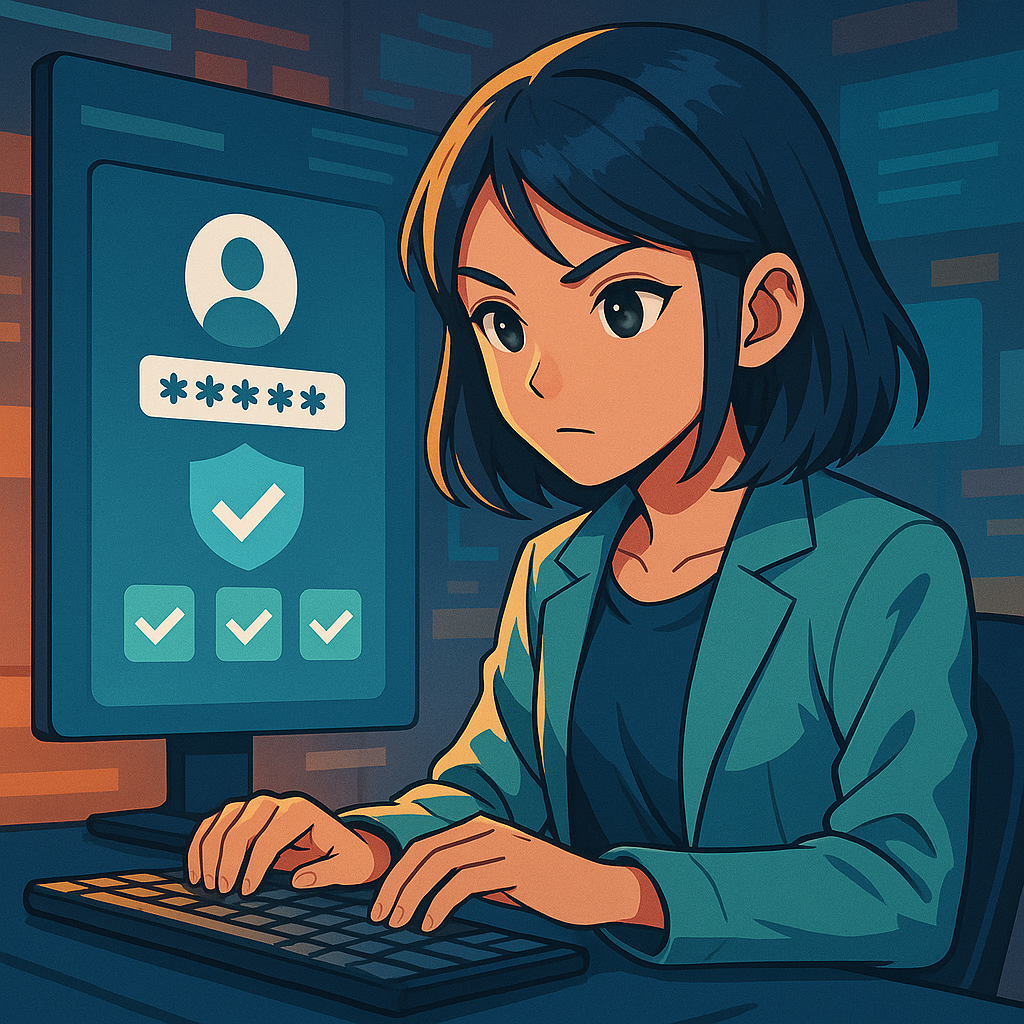The One Lock Hackers Hate: Why MFA Matters for Your Business

Let’s get this straight. If you’re still relying on just a password to protect your business, you’re taking a massive risk.
I’ve seen it firsthand. Passwords get stolen, reused, leaked, and cracked. It happens every day. A hacker doesn’t need to break down your firewall; they just need one employee to reuse their Gmail password for a sensitive business account, and suddenly your data’s exposed, your systems are vulnerable, and you’re scrambling to pick up the pieces.
That’s where Multi-Factor Authentication (MFA) comes in.
MFA is like adding a second lock to your front door, one that only you can open, even if someone else has the key.
Let’s break down why MFA matters, how it works, and why every small business should make it non-negotiable.
Why Passwords Alone Are a Weak Defense
Most people use passwords that are too simple, reused across accounts, or easy to guess or crack with modern tools.
Even “strong” passwords aren’t safe when there are massive data leaks floating around the dark web. Once your password is exposed, the attacker can log in, no questions asked.
But with MFA in place, that stolen password is useless on its own.
How MFA Works (And Why It’s So Effective)
MFA requires two or more pieces of evidence to grant access. These usually fall into:
- Something you know (password)
- Something you have (your phone, an app like Authy or Google Authenticator)
- Something you are (fingerprint, facial recognition)
For example, you enter your password (something you know), and then get a code on your phone (something you have). Without that second step, even the correct password won’t let an attacker in.
It’s simple, but it’s incredibly effective.
Real-World Example: The Ransomware Attack That Didn’t Happen
I worked with a small law firm recently. Their receptionist’s email account was targeted with a phishing attack. The attacker had her correct password, likely from an old breach. Without MFA, they would have logged in, accessed client files, and planted ransomware.
But when they tried to log in, the system asked for a code from the employee’s phone. They didn’t have it. Game over.
That one extra step stopped a potential data breach and a six-figure ransom demand.
How to Implement MFA (Right Now)
You don’t need a huge IT budget to get started. Here’s what I recommend:
- Turn on MFA for your email accounts (Google Workspace, Microsoft 365, etc.)
- Add MFA to cloud services and critical apps (Slack, CRM tools, project management)
- Use authenticator apps (like Authy, Google Authenticator, or Duo)—avoid SMS when possible
- Train your team on how MFA works and why it matters
- Make MFA mandatory. This is non-negotiable.
Final Thoughts: Don’t Wait for a Breach
Cybersecurity isn’t about paranoia. It’s about preparation.
Adding MFA is one of the simplest, most effective steps you can take to protect your business. It closes a huge gap in your defenses, reduces the risk of password-based attacks, and makes life a whole lot harder for hackers.
So if you’re serious about protecting your business, start with this. Implement MFA everywhere you can, today.
Let’s stay vigilant. Let’s stay informed. And as always, let’s discuss security.